Health chiefs claim NSW shoulders growing funding burdens of infectious and chronic disease
Health chiefs in NSW have laid bare a broken national funding model which has left the states shouldering the growing funding burdens of infectious and chronic disease.

Health chiefs in the nation’s largest health system in NSW have laid bare a broken national funding model which “rewards activity rather than outcomes” in hospitals and has left the states shouldering the growing funding burdens of infectious and chronic disease.
In a submission to the NSW Special Commission of Inquiry into Healthcare Funding – which begins Monday – the top health bureaucrats managing the state’s largest public hospital system said governments were pouring billions into hospitals when 80 per cent of chronic conditions that see enormous numbers of patients admitted to hospitals could be managed in the community or by primary care.
The NSW Health submission comes amid negotiations over the next national health reform agreement which determines the funding split between the Commonwealth and the states for public hospitals.

Under the current National Health Reform Agreement, Commonwealth funding for public hospitals is activity-based and sets a national efficient price for hospital services. The Federal government funds 45 per cent of the growth in activity based funding, but health chiefs in NSW say the model has not kept up with the enormous growth in healthcare costs, and currently NSW is shouldering 60 per cent public hospital costs. The ongoing burden of Covid-19 and massive workforce shortages have accelerated the rising costs trend.
“A review of the long-term NSW and national funding model is required to respond to the challenges outlined including workforce maldistribution and changes in operating costs,” the NSW Health submission says.
“Under the NHRA the intention is for the Commonwealth eventually to pay 45 per cent of public hospital costs, however with Commonwealth contributions now subject to the annual growth cap of 6.5 per cent, it is estimated it will take up to 80 years for this to occur for NSW,” the submission says.
It’s understood that the Commonwealth is currently considering a first draft of a commissioned review of the NHRA by Rosemary Huxtable and Michael Walsh. The current funding agreement expires at the end of next year.
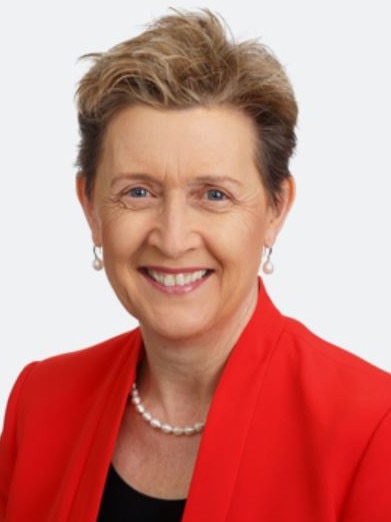
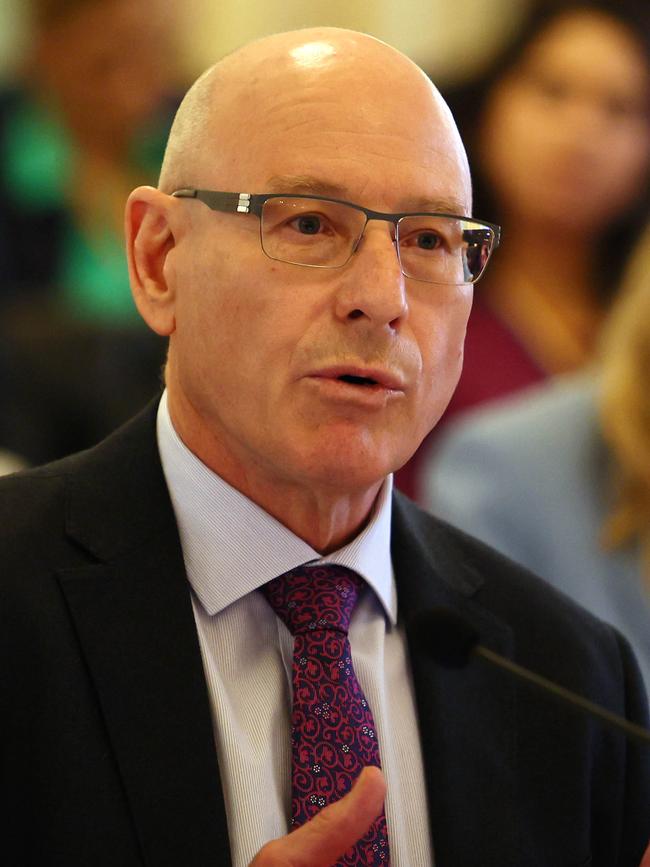
NSW Health is also calling for reassessment of the activity-based funding model, which it says is keeping people in hospital when they do not need to be there, clogging up wards and placing unsustainable pressure on the public system, while not rewarding quality and outcomes.
“The introduction of activity based funding has brought considerable national transparency to the funding of public hospital services, but at the expense of supporting innovation and care outside the hospital,” the submission says.
“This impact is compounded by the current issues with the accessibility and
affordability of primary care. The effectiveness of the primary care system is a key
driver of public hospital demand. In NSW, it is estimated that two-thirds of the
disease burden is associated with conditions that could be managed outside a
hospital setting.”
As the NSW inquiry begins, the Federal government is talking up its policy reforms in cheaper medicines and better access to primary care.
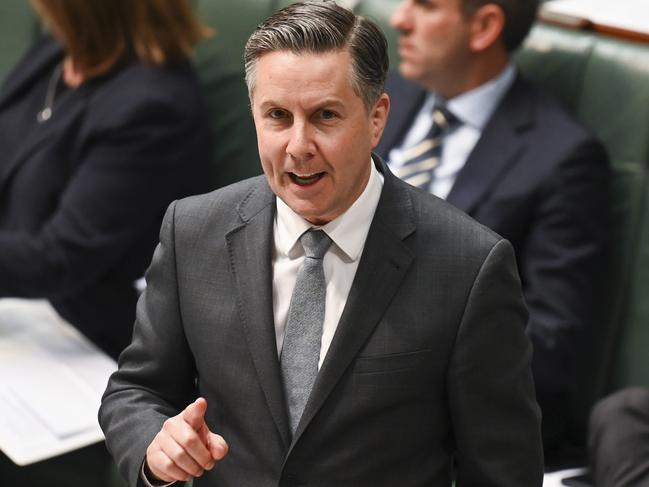
Highlighting its efforts in addressing the crisis in primary care – bulk billing has been in freefall, young doctors are shunning GP training and gap fees are hefty – Mr Butler’s office released select statistics from a host of medical centres. The statistics were touted as evidence of a national trend of increasingly bulk billing rates in the weeks since the Federal government tripled the incentive for doctors to bulk bill pensioners and children. The select medical centres statistics cited increases in bulk billing of between eight and 28 per cent.
The Federal government also said Australians were “on track to save a quarter of a billion dollars on their medicines in 2023” following the maximum cost of a prescription on the Pharmaceutical Benefits Scheme being lowered to $30 in January, from $42.50.
That amounted to $20 million a month that consumers collectively were saving on their medicines. However, doctors still report that many of their patients cannot afford to buy medicines, let alone pay GP gap fees.


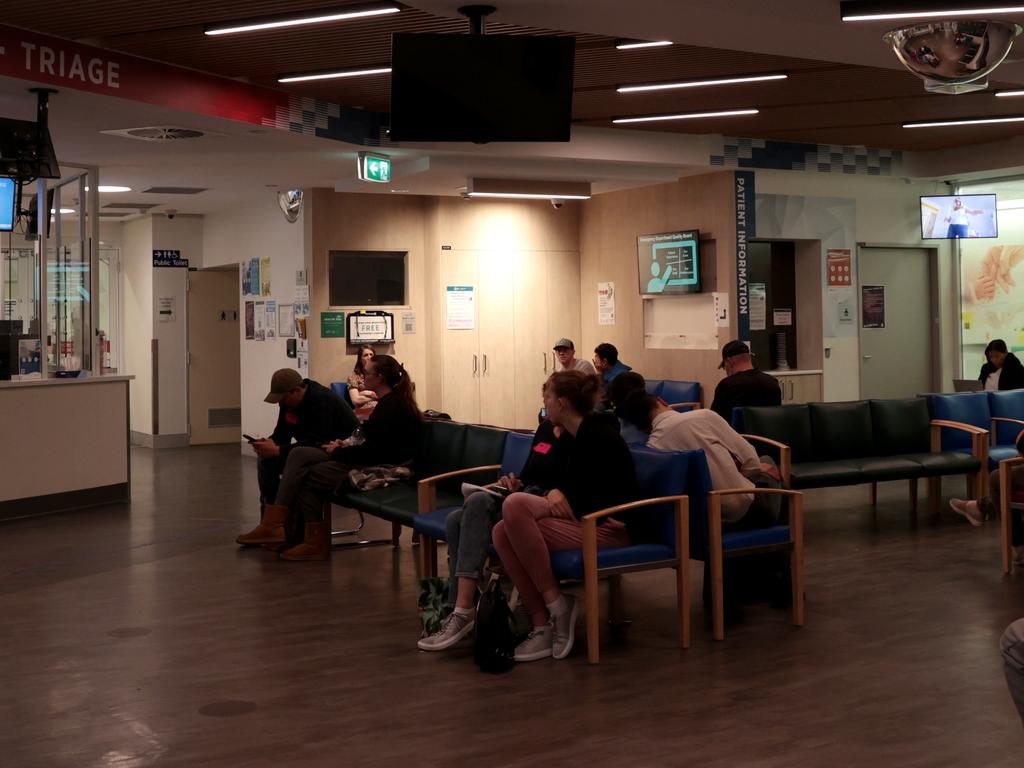
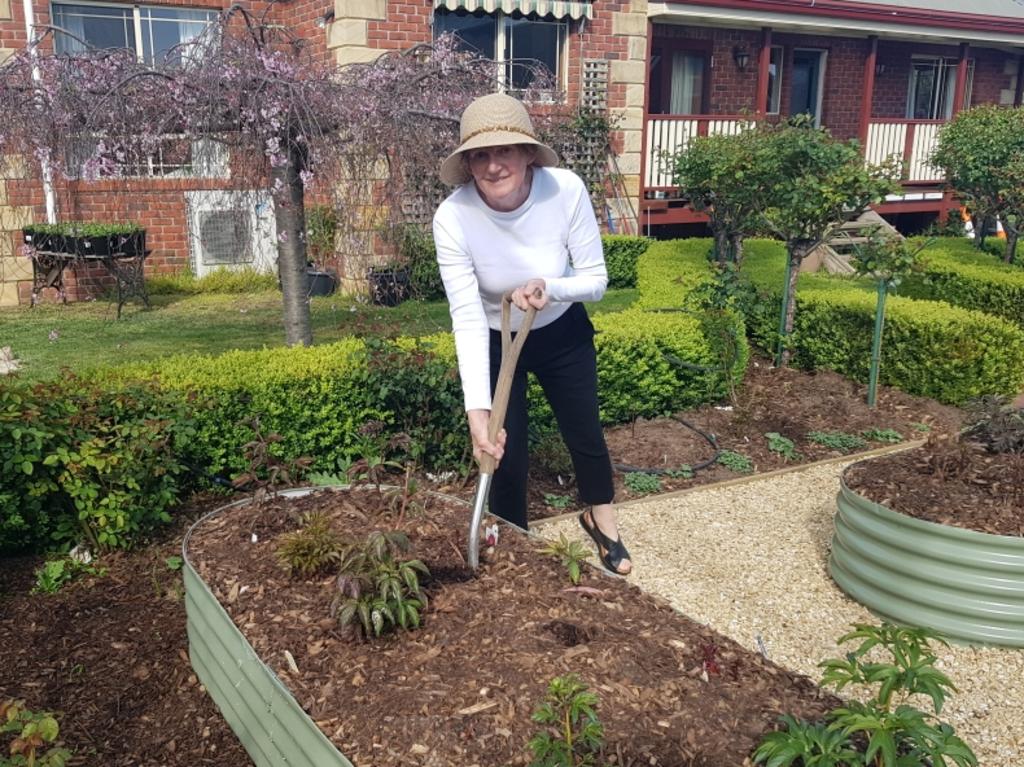
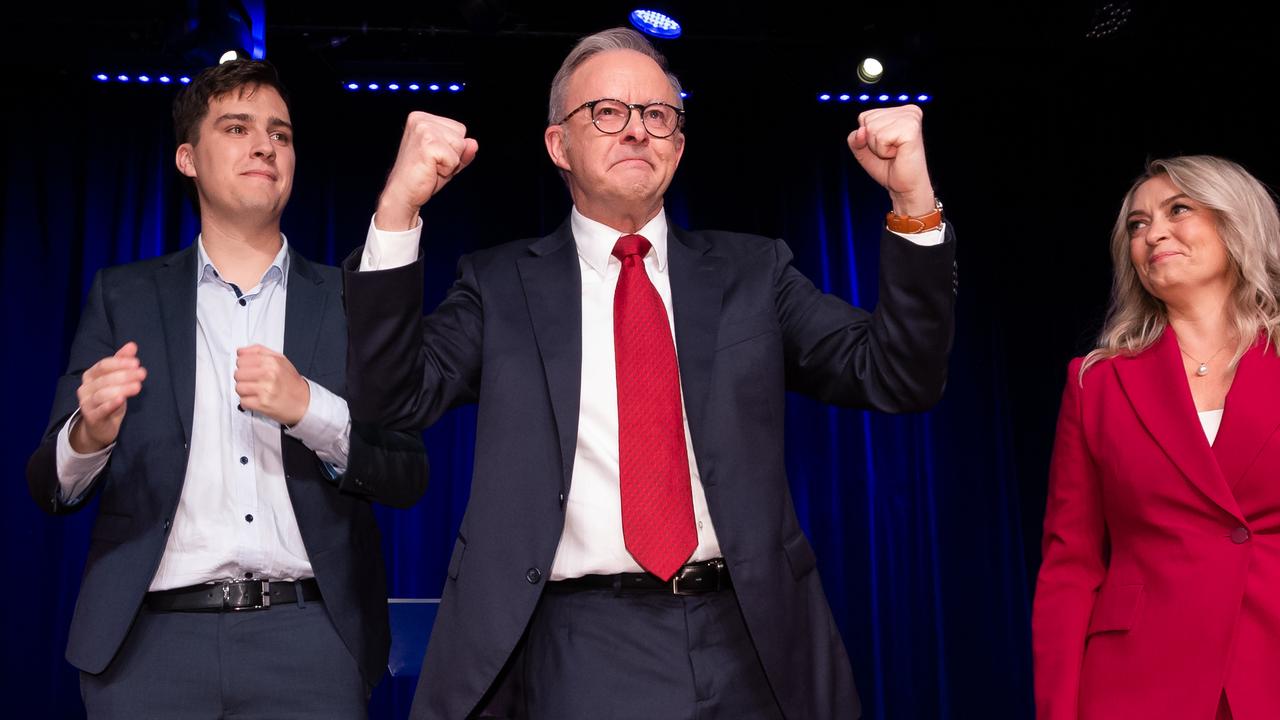
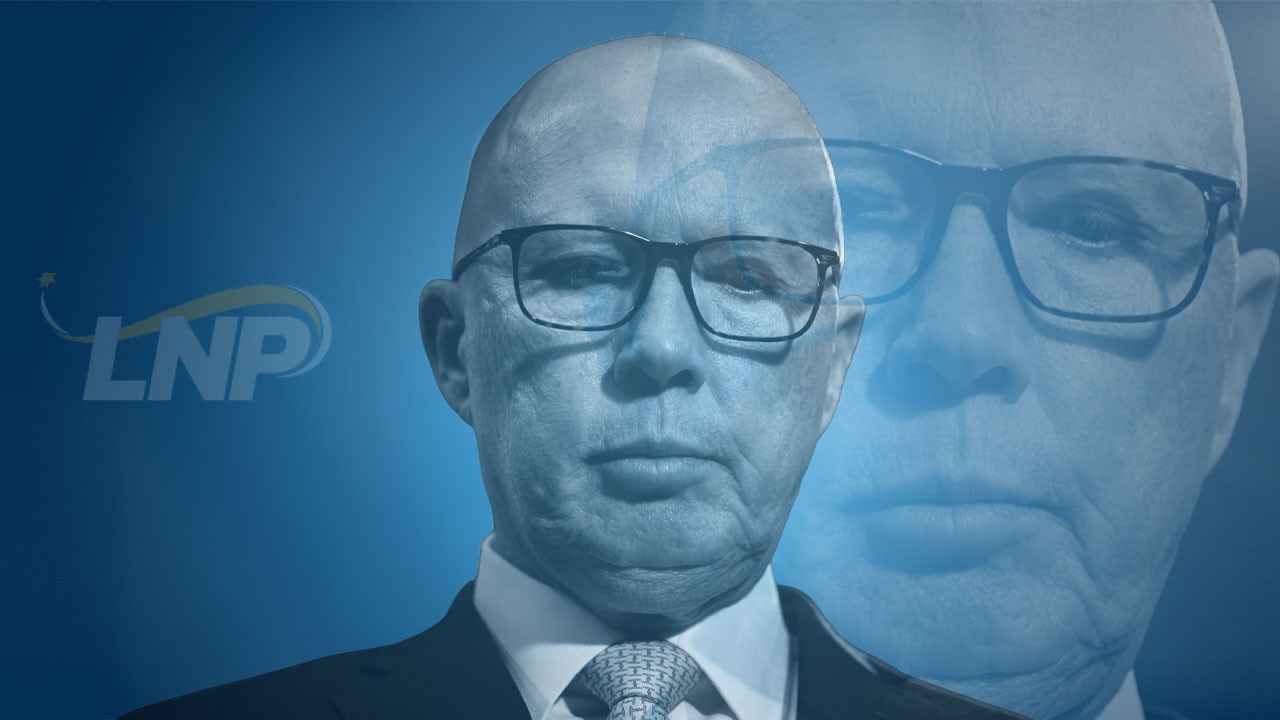
To join the conversation, please log in. Don't have an account? Register
Join the conversation, you are commenting as Logout